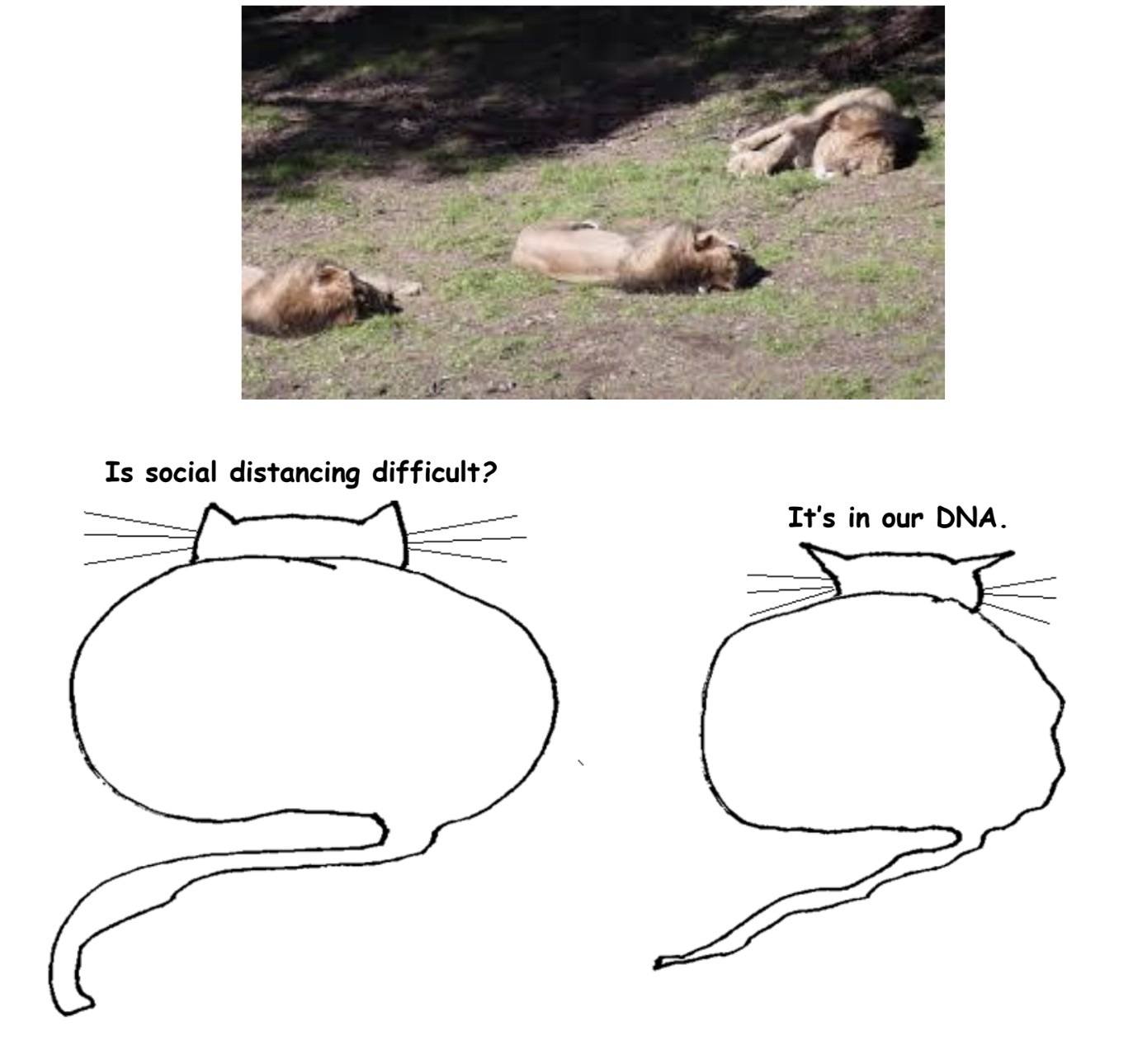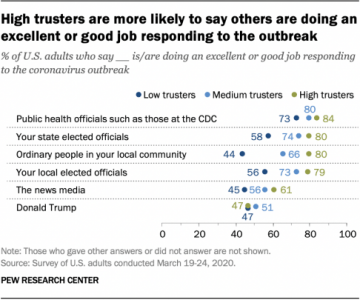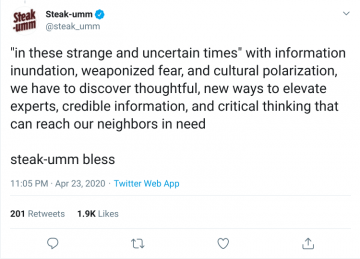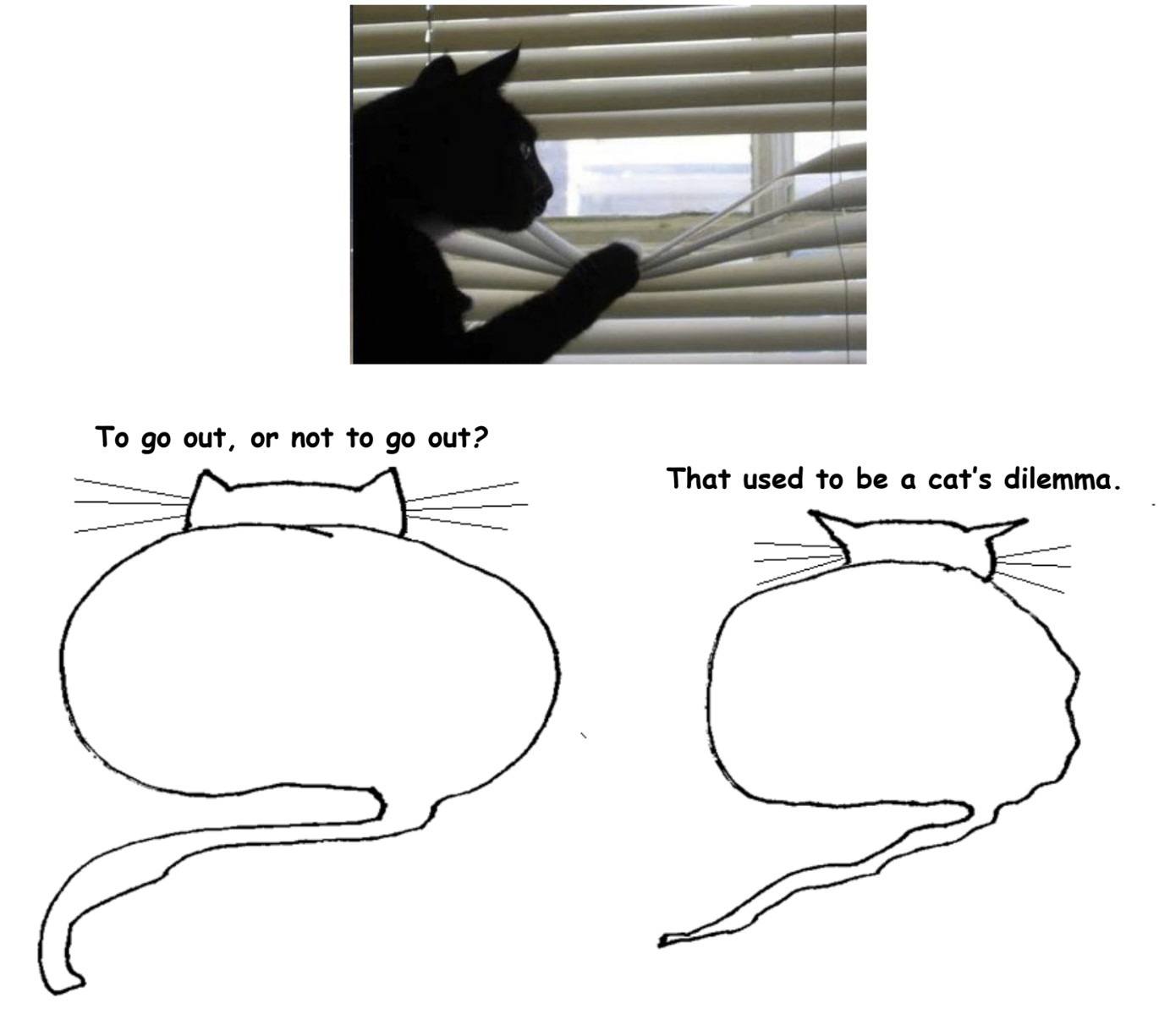by Cynthia Haven
 What is worse – coronavirus itself, or the social and economic catastrophe that comes with it?
What is worse – coronavirus itself, or the social and economic catastrophe that comes with it?
René Girard, one of the leading thinkers of our era, argued that the biological and social aspects of a plague are interwoven: he points out that historians still debate whether the Black Death was a cause or a consequence of the social upheavals in the 14th century.
The Stanford professor, who died in 2015 at age 91, has been called “the new Darwin of the human sciences,” but he began as a literary theorist. His work, beginning in the 1960s, offered a new concept of human desire: our desires are not our own, he said, but are “mimetic.” As social creatures, we learn what to want from each other. Imitation leads to competition, which leads to conflict, which then spreads contagiously throughout a community. Eventually, the community targets one person or group to blame for the disorder, someone like Oedipus. The targeted scapegoats are punished, expelled, or in the past, often killed. Girard began in literature, but quickly took on anthropology, sociology, religions, and more. And while he initially wrote mostly about myths in archaic societies, he eventually became an observer of contemporary culture, focusing on rivalry, violence, and warfare today.
Towards the end of his life, he wrote about the social ramifications of natural disasters, and plagues are no exception. Certainly our desires and hostilities have proven as contagious as COVID-19, which has in many ways fueled and exacerbated them, and variously targeting presidents, governments, protestors, and the Chinese for blame.
In 2005, Girard met with Robert Pogue Harrison, author of Juvenescence: A Cultural History of Our Age; Forests: The Shadow of Civilization, and The Dominion of the Dead, for a two-part interview on Harrison’s celebrated “Entitled Opinions” radio and podcast series, available on iTunes.
The full transcript is among the interviews included in the Conversations with René Girard: Prophet of Envy, edited by Cynthia L. Haven, published this month by Bloomsbury. Read more »

 Like most people who have time to think in these stressful days, I have been thinking about life after the COVID-19 pandemic has passed – mostly at a personal level, but also a little about the world at large. This essay is an attempt to put some of these thoughts down as a time-capsule of how things appear from this perch in May of 2020, the first year of the New Plague.
Like most people who have time to think in these stressful days, I have been thinking about life after the COVID-19 pandemic has passed – mostly at a personal level, but also a little about the world at large. This essay is an attempt to put some of these thoughts down as a time-capsule of how things appear from this perch in May of 2020, the first year of the New Plague. What’s the universe made up of? Most people who have read popular science would probably say “Mostly hydrogen, along with some helium.” Even people with a passing interest in science usually know that the sun and stars are powered by nuclear reactions involving the conversion of hydrogen to helium. The dominance of hydrogen in the universe is so important that in the 1960s, two physicists suggested that the best way to communicate with alien civilizations would be to broadcast radio waves at the frequency of hydrogen atoms. Today the discovery that the stars, galaxies and the great beyond are primarily made up of hydrogen stands as one of the most important discoveries in our quest for the origin of the universe. What a lot of people don’t know is that this critical fact was discovered by a woman who should have won a Nobel Prize for it, who went against all conventional wisdom questioning her discovery and who was often held back because of her gender and maverick nature. And yet, in spite of these drawbacks, Cecilia Payne-Gaposchkin achieved so many firsts: the first PhD thesis in astronomy at Harvard and one that is regarded as among the most important in science, the first woman to become a professor at Harvard and the first woman to chair a major department at the university.
What’s the universe made up of? Most people who have read popular science would probably say “Mostly hydrogen, along with some helium.” Even people with a passing interest in science usually know that the sun and stars are powered by nuclear reactions involving the conversion of hydrogen to helium. The dominance of hydrogen in the universe is so important that in the 1960s, two physicists suggested that the best way to communicate with alien civilizations would be to broadcast radio waves at the frequency of hydrogen atoms. Today the discovery that the stars, galaxies and the great beyond are primarily made up of hydrogen stands as one of the most important discoveries in our quest for the origin of the universe. What a lot of people don’t know is that this critical fact was discovered by a woman who should have won a Nobel Prize for it, who went against all conventional wisdom questioning her discovery and who was often held back because of her gender and maverick nature. And yet, in spite of these drawbacks, Cecilia Payne-Gaposchkin achieved so many firsts: the first PhD thesis in astronomy at Harvard and one that is regarded as among the most important in science, the first woman to become a professor at Harvard and the first woman to chair a major department at the university.
 I sometimes consider becoming a skeptic, but then I’m not so sure what that entails.
I sometimes consider becoming a skeptic, but then I’m not so sure what that entails.

 So, here she is Bharat Mata, or as Sabila saw my mother, wrapped in a bright sari, superimposed on a map of India painted on a box of safety matches. It’s incendiary. Kashmir crowns the Mata who wields a trident in her right hand. A multi-color flag erases Afghanistan and Pakistan. Left-hand shadows Bangla Desh gesturing towards Myanmar. Her foot seems bigger than pearl-shaped Sri Lanka which forms the central story of the Hindu epic Ramayana. Here’s how Sabila told Mother the story.
So, here she is Bharat Mata, or as Sabila saw my mother, wrapped in a bright sari, superimposed on a map of India painted on a box of safety matches. It’s incendiary. Kashmir crowns the Mata who wields a trident in her right hand. A multi-color flag erases Afghanistan and Pakistan. Left-hand shadows Bangla Desh gesturing towards Myanmar. Her foot seems bigger than pearl-shaped Sri Lanka which forms the central story of the Hindu epic Ramayana. Here’s how Sabila told Mother the story. One of the things that fascinates me about history is the different ways we know historical periods. We know the times we live through in a very deep way, not just the events and how they affect us, but the details of daily life. We know the slang, the jokes, the mid-list books; the forgettable songs and the ephemeral news; what the world smells like and how it tastes and sounds. It’s very hard to know another time period in anything like the detail we know our own: what people wore to work, what they did on Saturday afternoons, what all the machines did and why they were made.
One of the things that fascinates me about history is the different ways we know historical periods. We know the times we live through in a very deep way, not just the events and how they affect us, but the details of daily life. We know the slang, the jokes, the mid-list books; the forgettable songs and the ephemeral news; what the world smells like and how it tastes and sounds. It’s very hard to know another time period in anything like the detail we know our own: what people wore to work, what they did on Saturday afternoons, what all the machines did and why they were made.







 They’re quite a miracle, aren’t they, these phone calls, especially in these terrible times when one does not know what is going to happen to us, and to this country, this world. When we were in college in the U.S. in the late seventies, to talk to parents in Pakistan you had to book a call three weeks in advance. When your name came to the top of that line, you had to sit around the phone (there were no cell phones then) for ten hours. The call was expected to get through at any time during that window, for it had to be bounced over a satellite or some such complicated technological thing. What I recall most vividly about those moments is the excitement in the operator’s voice when the connection eventually happened. “Go ahead, ma’am/dear/hon,” they’d say, a triumphant edge to their tone, “your party is on the line.” I imagined the operator standing astride the Atlantic, a colossus holding the phone line up above her head out of the water just for the three minutes of my booked time so I could talk to my mother.
They’re quite a miracle, aren’t they, these phone calls, especially in these terrible times when one does not know what is going to happen to us, and to this country, this world. When we were in college in the U.S. in the late seventies, to talk to parents in Pakistan you had to book a call three weeks in advance. When your name came to the top of that line, you had to sit around the phone (there were no cell phones then) for ten hours. The call was expected to get through at any time during that window, for it had to be bounced over a satellite or some such complicated technological thing. What I recall most vividly about those moments is the excitement in the operator’s voice when the connection eventually happened. “Go ahead, ma’am/dear/hon,” they’d say, a triumphant edge to their tone, “your party is on the line.” I imagined the operator standing astride the Atlantic, a colossus holding the phone line up above her head out of the water just for the three minutes of my booked time so I could talk to my mother.
 After several weeks of sheltering in place, being holed up in quarantine, or just experiencing a dramatically restricted mode of living due to the ongoing Covid 19 pandemic, it is quite natural to start feeling a little sorry for oneself. A wholesome remedy for such feelings is to think about other people who are also shut up, sometimes extremely isolated, and suffering much more serious kinds of deprivation. They do not have at their fingertips, thanks to the internet, an abundance of literature, music, film, drama, science, social science, news, sport, or funny cat videos. Nor are they casualties of fortune, shipwrecked and marooned by bad luck or the vicissitudes of market economies. Rather, they are the victims of deliberate and unjust oppression by authoritarian governments.
After several weeks of sheltering in place, being holed up in quarantine, or just experiencing a dramatically restricted mode of living due to the ongoing Covid 19 pandemic, it is quite natural to start feeling a little sorry for oneself. A wholesome remedy for such feelings is to think about other people who are also shut up, sometimes extremely isolated, and suffering much more serious kinds of deprivation. They do not have at their fingertips, thanks to the internet, an abundance of literature, music, film, drama, science, social science, news, sport, or funny cat videos. Nor are they casualties of fortune, shipwrecked and marooned by bad luck or the vicissitudes of market economies. Rather, they are the victims of deliberate and unjust oppression by authoritarian governments.